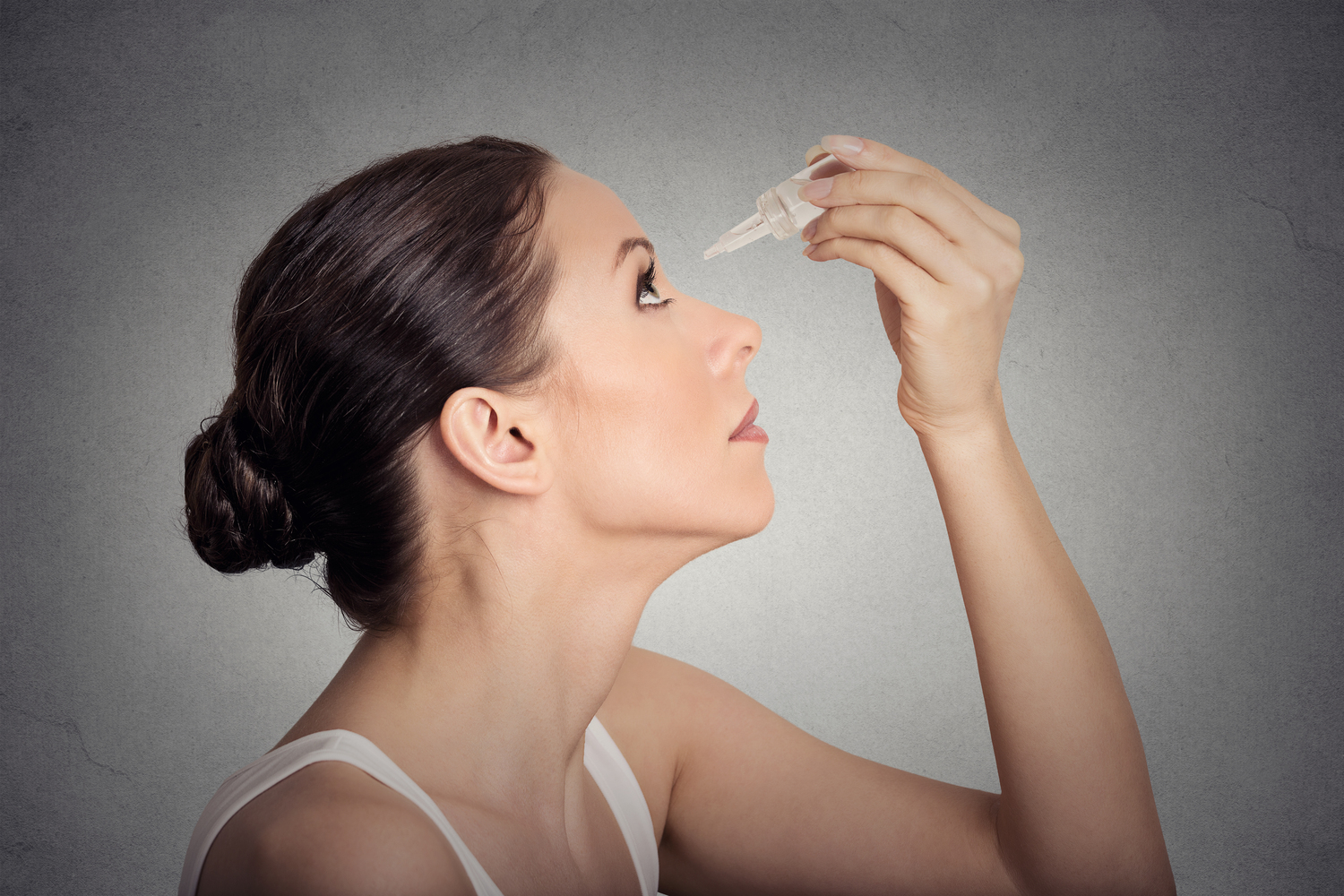
Dry Eye Treatment Options
We realize eyes can fill with tears for many reasons—dust or other irritants in the eye or due to emotions (i.e., happiness, sadness). Tears are important because they provide the lubrication and moisture necessary to keep the eyes comfortable while flushing away dirt, germs, and bacteria. Special proteins and antibodies within our tears help eliminate eye infections. However, decreased tear production may be a natural side effect of aging, a deficiency in vitamin A, or be certain by several medical conditions, including diabetes, rheumatoid arthritis, lupus, thyroid disorders, scleroderma, and Sjogren’s syndrome. If eyes become void of moisture, side effects may occur, including:
- The feeling of grit or a foreign object in the eye
- Redness
- Itching
- Sensitivity to light
- Blurred vision
- Reflex tearing (a nervous system response that sends additional water-only lubrication)
Here are the many treatments available for treating chronic dry eyes:
1. Eye drops
The most common dry eye treatment is lubricating eye drops (i.e., artificial tears). However, eye gels may also help replace natural tears. Many of these products do not require a prescription. Numerous eye drop treatments may need to be tested prior to determining the right one. The drops for chronic dry eye must be used consistently, even when the eyes do not feel dry. There are additional medications that can be used for shorter periods of time, such as steroid eye drops.
2. Prescription ointment
If the eyes tend to dry out during sleep, doctors may prescribe an thick ointment to be applied directly into the eye prior to bedtime.
3. Tear duct plugs, or cautery
If a physician has diagnosed a temporary punctal occlusion, the tear ducts may be responsible for draining tears may need to be closed. This often requires a temporary plug that will dissolve as time passes. If the temporary plug is successful, we sometimes recommend a longer lasting plug. This procedure is referred to as cautery. A permanent plug is created once the scar forms. The tear level is increased because the drainage enabling tears to travel from the eye to the nose is blocked.
4. Lipiflow
A medical tool, called Lipiflow, uses pressure and heat to clear blocked glands located on the eyelids. These glands are responsible for producing the oil contained in tears. This prevents the evaporation of tears and keeps the eyes moist. Testosterone cream is used when the oil glands do not contain enough testosterone. The cream is applied to the eyelids. This improves the effectiveness of the oil glands.
5. Dietary changes
Dietary changes or supplementation may require adding omega-3 or fish oil to promote natural eye lubrication and provide relief.


